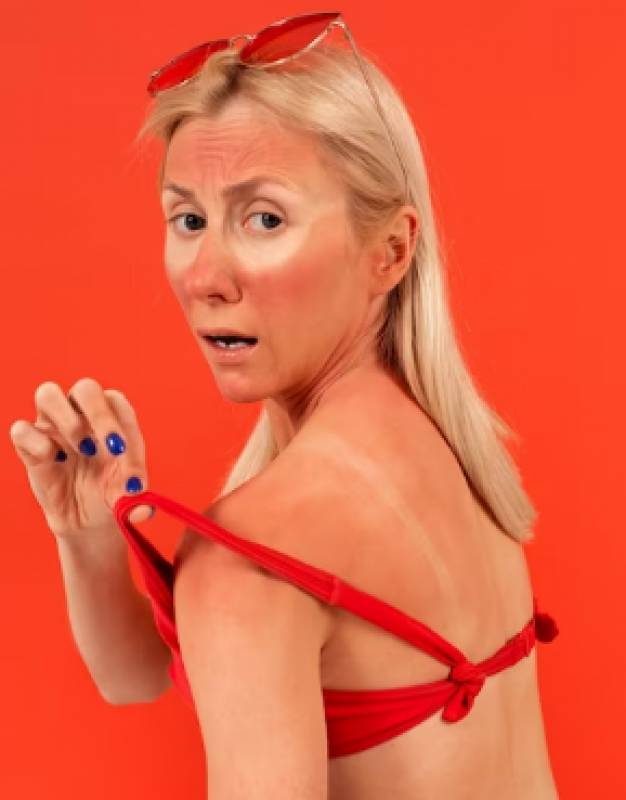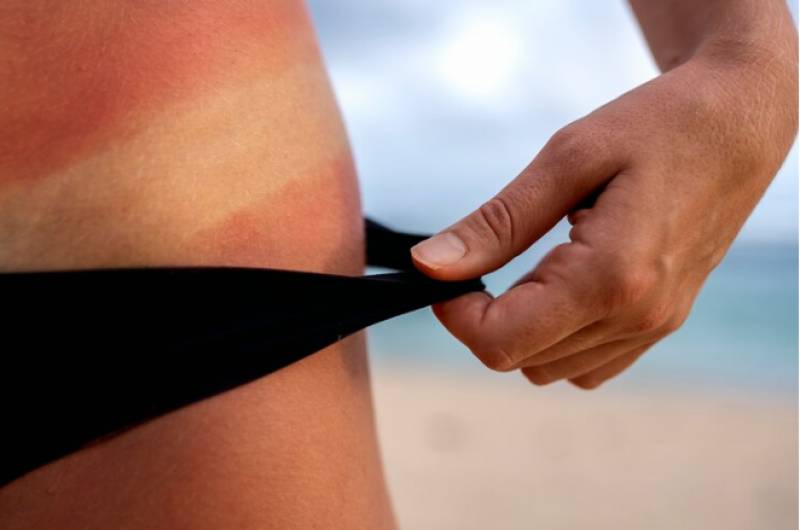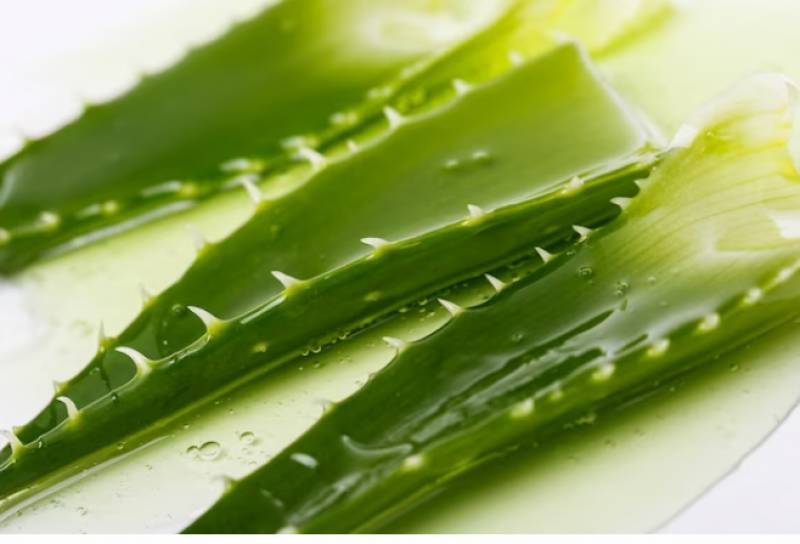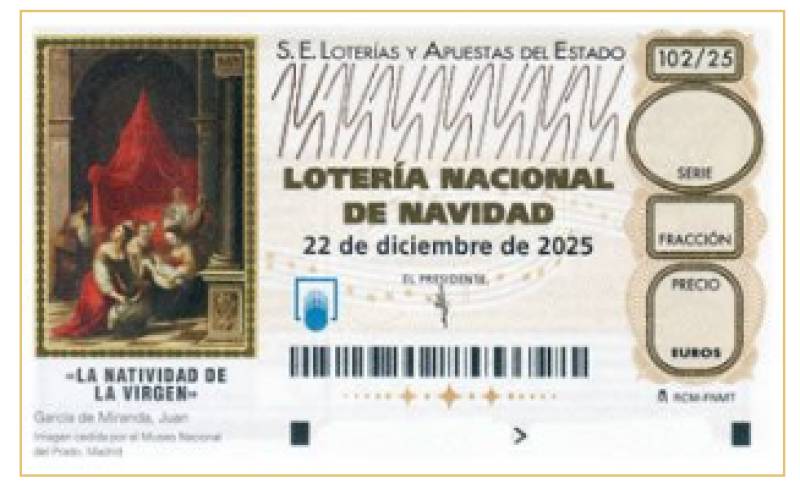
To be listed on the CAMPOSOL TODAY MAP please call +34 968 018 268.
article_detail
What to do (and what not to do) if you get a sunburn
Avoid feeling the burn during the scorching Spanish summers with these expert tips

There can be little doubt about the dangers of solar radiation for our health and as the number of summer heatwaves increases year by year in Spain, most of us never venture out in the heat without a bottle of sunscreen in hand. But there are still those who forget to apply protection, or choose not to in the misguided belief that sunblock will prevent them from getting a tan.
Despite the frequent warnings that prolonged exposure to the sun can lead to skin cancer, even the most diligent among us can still suffer a sunburn from time to time, so it’s important to know what to do, and indeed what not to do, in this situation.
When is a sunburn serious?

Not all sunburns are created equal. The most common, and mildest, form is known as solar erythema and results in a reddening of the skin around 4 to 6 hours after exposure to the sun. This can be followed by the appearance of small blisters, headache and even fever. However, after a few days the body will begin healing the burns itself by peeling off the damaged skin.
Even so, the experts point out that skin actually has ‘memory’ and although the body has an astonishing ability to self-heal, solar radiation causes damage to cellular DNA that, in the most serious cases, can lead to cancer.
The dos and don’ts of treating a sunburn

Home remedies and treatments for sun damaged skin are endless, but dermatologists warn against most of them.
Myth #1: Apply ice or very cold water
This is probably the most widespread piece of advice for treating a bad sunburn, but it’s a mistake. Applying ice to a burn can actually cause vasoconstriction, which is the narrowing of the blood vessels that can slow or block circulation.
DO: apply damp cloths to the site of the burn instead or gently immerse the burned area in cool water, avoiding any strong jets that could further damage the skin.
Myth #2: Burst blisters
The body generates blisters as a way of protecting the fragile skin underneath and healing the burn. For this reason, never, ever burst blisters or tear off peeling skin.
Myth #3: Use common household remedies
Dermatologists strongly advise against using home remedies such as potato, tomato, milk, butter or olive oil. Not only is there no scientific proof that they help burns in any way, some can actually make the wound worse by infecting it, and others like toothpaste can further dry out the burn. The Spanish Consumer Organisation also does not recommend the use of antihistamine ointments.
DO: use aloe vera to cool the burn site and keep the skin hydrated, but only if there are no blisters on the burn.
Top tips: Faced with the pain of a bad sunburn, the Spanish Society of Clinical, Family and Community Pharmacy recommends taking anti-inflammatories such as ibuprofen or paracetamol, and wearing comfortable, loose clothing to prevent rubbing the skin. Also, it is vitally important to drink plenty of water to stay hydrated.
Images: Freepik
Loading
Sign up for the Spanish News Today Editors Roundup Weekly Bulletin and get an email with all the week’s news straight to your inbox
Special offer: Subscribe now for 25% off (36.95 euros for 48 Bulletins)
OR
you can sign up to our FREE weekly roundup!
Read some of our recent bulletins:
Discount Special Offer subscription:
36.95€ for 48 Editor’s Weekly News Roundup bulletins!
Please CLICK THE BUTTON to subscribe.
(List price 3 months 12 Bulletins)
Read more stories from around Spain:
Contact Murcia Today: Editorial 000 000 000 /
Office 000 000 000


























